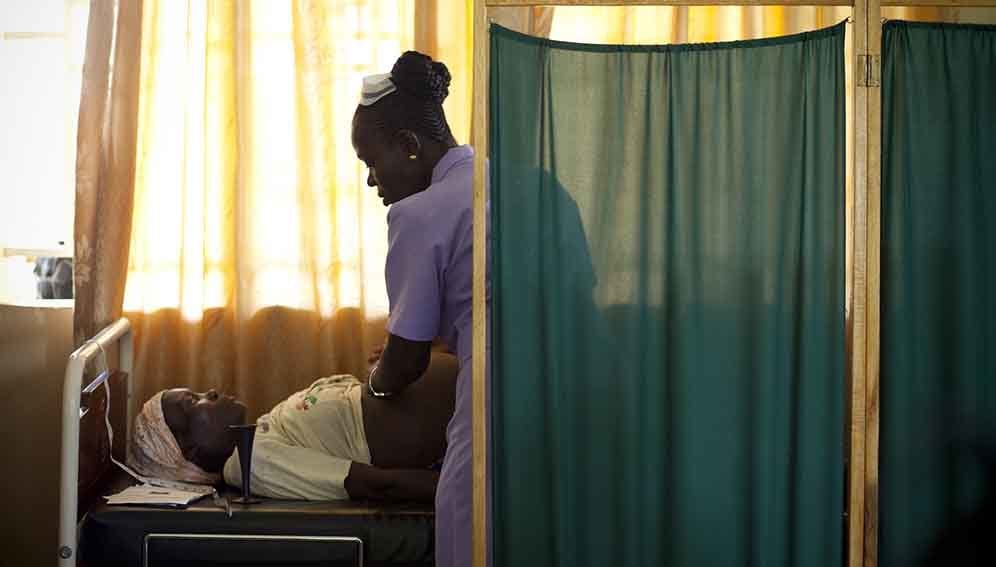12/08/20
Changing Africa’s abortion laws

Send to a friend
The details you provide on this page will not be used to send unsolicited email, and will not be sold to a 3rd party. See privacy policy.
Listen on Apple PodcastsListen on SpotifyListen on Google PodcastsListen on StitcherListen on OvercastListen on Amazon MusicListen on CastboxListen on Podcast AddictListen on Pocket CastsListen on iHeartRadioListen on PandoraRSS Feed
Episode 2
This week, a closer look at how women in Sub-Saharan Africa access abortions.
Malawi’s maternal mortality rate remains one of the highest in the world, with complications from unsafe abortion estimated to account for up to 18 per cent of maternal deaths.
“This current law now is killing people, it’s killing women, it’s killing girls, because it’s not safe, it’s not accommodative,” a woman who was unable to access a legal abortion tells Africa Science Focus.
Meanwhile, Malawi’s neighbour, Zambia, allows terminations of pregnancies on socio-economic grounds. But even with clearer legislation, Zambia still faces a high maternal mortality rate.
Also, send us your science questions and we’ll put them to the experts — message WhatsApp +254799042513.
Africa Science Focus, with Selly Amutabi.
|
|
|















